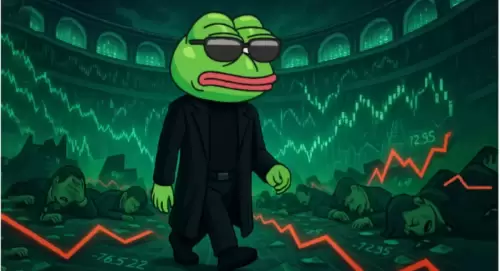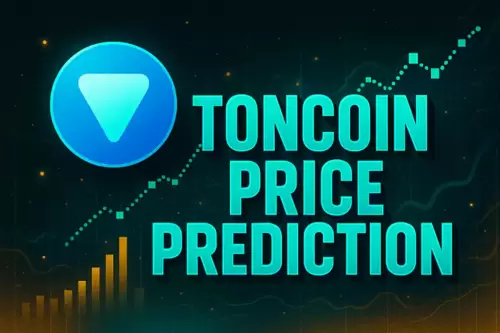Bitcoin navigates price stabilization as investor behavior shifts. HODLing, whale activity, and institutional demand shape the market's trajectory.

Bitcoin's been on a wild ride, huh? As it flirts with the $110,000 mark, the dynamics of investor behavior, price stabilization, and those oh-so-important whales are creating a fascinating narrative.
The HODLers' Haven: Price Stabilization and Investor Confidence
Bitcoin's recent rebound to around $107,000 has pushed many investors back into profitable territory. Glassnode reports a market cap of $2.1 trillion, signaling Bitcoin's maturation. What's truly interesting is the prevailing sentiment: HODLing. Despite the attractive price point, investors seem reluctant to sell. This reluctance suggests a strong belief in Bitcoin's long-term potential, even after geopolitical hiccups like the tensions between Israel and Iran caused dips to $99,000. The U.S.-brokered ceasefire seems to have calmed the markets, reinforcing this HODLing behavior.
Miners' Mindset: Playing the Long Game
Adding another layer to this story, Bitcoin miners aren't rushing to cash in, even with juicy profit margins. Ki Young Ju, CEO of CryptoQuant, highlighted that Marathon Digital (MARA) is mining Bitcoin at around $51,700 per coin while BTC trades above $105,000. Despite these margins, on-chain data indicates miners are mostly holding. This behavior marks a shift from previous cycles where miners acted as reactive sellers chasing price spikes. Now, they seem to be playing the long game, possibly using their mined BTC as collateral or simply holding strong after the 2024 halving.
Whale Watch: Profit-Taking or Strategic Shift?
Now, here's where things get a little spicy. While HODLing and miner confidence paint a bullish picture, new data reveals that whale supply (addresses holding between 1,000 and 10,000 BTC) has dropped to its lowest point since 2019. These big players have offloaded over 40,000 BTC in the past week alone, worth over $4.3 billion! Whale exits often precede periods of volatility, as their large sell-offs can flood the market and stunt price growth. It's not just whales, either; long-term holders are also starting to move their assets, as indicated by the Liveliness metric. This profit-taking wave could threaten the rally's momentum, especially if Bitcoin struggles to maintain support at the $108,000 level.
Stablecoins and Institutional Interest: A Foundation for Growth
Despite the whale activity, there are still factors supporting Bitcoin's price stability and growth. Stablecoin purchasing power remains largely neutral, indicating a balanced market view of current Bitcoin prices. Furthermore, institutional demand for regulated Bitcoin exposure remains robust, as seen in consistent inflows into US Spot Bitcoin ETFs. Glassnode's Stablecoin Supply Ratio (SSR) suggests improved purchasing power of stablecoins, pointing to stronger demand conditions compared to previous price levels.
Navigating the Bitcoin Seas: A Personal Take
So, what does all this mean? Well, it's a mixed bag. The HODLing behavior and miner confidence suggest a strong underlying belief in Bitcoin's long-term value. The institutional interest and stablecoin dynamics provide a solid foundation for growth. However, the whale activity and profit-taking from long-term holders are warning signs that could lead to increased volatility. It's like Bitcoin is trying to balance on a surfboard – exciting, but you gotta watch out for those waves!
Final Thoughts: Keep Your Eyes on the Horizon
In conclusion, Bitcoin's journey towards price stabilization is a complex interplay of investor behavior, market dynamics, and external factors. Whether it can sustain its rally without its biggest holders remains to be seen. One thing's for sure: the Bitcoin saga is far from over, and it's going to be one heck of a ride. So buckle up, stay informed, and maybe grab a margarita – because this is crypto, baby!













































































